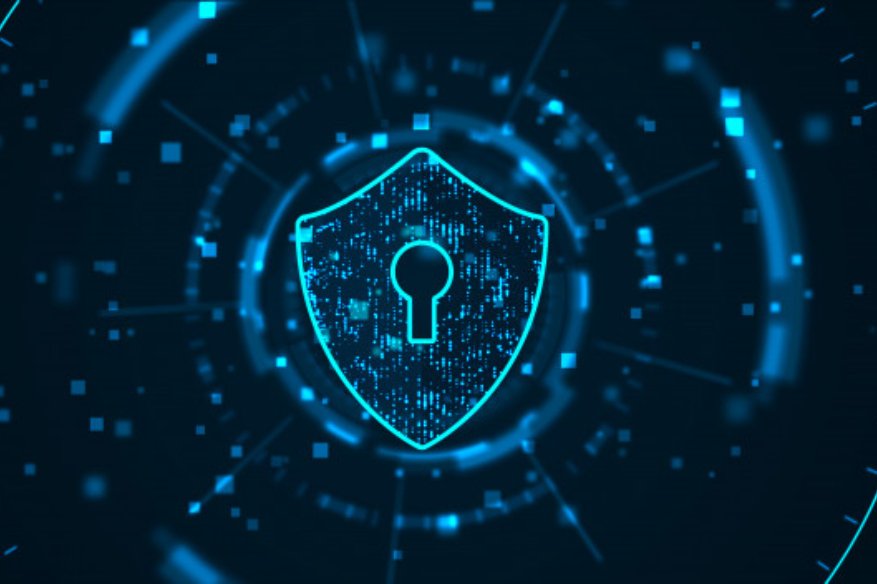The Process of Investigating Cyber Crimes

Cybercrime is any criminal activity where the object as a target and/or tool is a computer or network device. Some cyber crimes directly attack computers or other devices to disable them. In others, computers are used for their purposes by cyber criminals to distribute malicious program codes, obtain illegal information, or to obtain cryptocurrency. Dividing cybercrimes into separate categories is not easy as there are many of them. That’s why students often ask professional help from a paper writing service when they need to write about cyber crimes.
Hacker attacks have long ceased to be the intellectual fun of the sophisticated IT singles. Today there are many specialists who perform various types of cyberattacks. The cyberattack itself is only a means for the achievement of a certain goal. In such a situation, economic and political goals prevail: money and power are powerful incentives for resorting to cybercrime methods. Therefore, organizations with developed online businesses that actively use electronic payment systems, network resources of political parties, movements are the first goals of cyber criminals with a different level of intelligence. The foregoing does not exclude one-time shares of individuals or just their own criminal business, which can adversely affect each of us.
How Do Cybercriminals Commit Their Crimes?
There are four of the most common ways that cybercriminals use the Internet opportunities.
- The first one that many people fear is the use of malware. You probably understand that there are many methods of operating critical systems, and how important it is to use various security measures, for example, set long passwords and make regular file updates. This type of attack is based on the abuse of computers, DNS servers, networks, domain and subdomain. Take into account that Windows is more vulnerable than a Linux system.
- The second way is DDOS attacks when an attacker uses a communication network protocol to create a huge number of requests to a server or service. In this type of attack, the main goal is to disable the target.
- The third way is a combination of social engineering and malicious code. The most famous form of this type of attack is phishing when a victim is forced to take certain actions (clicking on a link in an email, image, visiting a site, etc.), which subsequently leads to infection of the system using the first method.
- The fourth way is illegal activity: harassment, record, and distribution of illegal content, grooming, etc. In this case, the attackers hide their traces through anonymous profiles, encrypted messages, and other similar technologies.
What Are the Steps of Cyber Crime Investigation?
In the very beginning, law enforcement officials should assess the current situation with the goal to have a clear understanding of what had happened, what illegal information was accessed by law, what solid facts can prove signs of illegal activity. Officials should have technical evidence and legal facts to have the right to collect a sufficient amount of information. Then at the next stage, a decision can be made to initiate a criminal case. Other qualified experts will investigate it using the support of qualified specialists in the sphere of computer-technical research and cybersecurity. In order for a court to pronounce a sentence on the basis of the current criminal procedure legislation, authorities should make certain steps. Check what they are:
- Find solid evidence that the crime took place and determine when, where, and how exactly it was committed;
- Find those who are guilty of the crime and provide solid arguments proving the guilt of one person or a group of people;
- Define the circumstances that can prove the identity of the guilty person;
- Determine the negative consequences of the crime that took place;
- Find out what factors led to the crime.
Today, one can find a good private agency that will make all the above-listed steps.
Why Is the Computer-Technical Expertise a Must?
The purpose of computer-technical expertise is to determine the digital traces that can be connected with certain people. Another goal is to evaluate the conformity of these traces to a definite situation and to select significant activities in terms of forensic cases. It’s necessary to identify what traces can serve as the foundation of the investigation. A vital issue is the presentation of the results of the study so that even a specialist without solid knowledge in the IT industry has a clear understanding of the situation. These are lawyers, judges, and all the specialists who are involved in the legal proceedings.
Generally accepted models of digital data analysis for judicial purposes:
- The model of providing the maximum speed of digital data processing and focused on solving typical (standard) tasks;
- An individual approach, “thorough” and focused on rare or simply unique tasks.
The first uses professional digital equipment, specialized expert programs such as Encase, but practically does not allow taking into account an individual technique for the preparation and commission of cybercrimes. The individual approach model, on the contrary, takes into account all the individual characteristics mentioned above, since the expert selects specialized programs and the technology for the production of expertise in general, based on the informational and technological laws of a particular crime known to him/her. In general, one can say that this method allows finding rare, unusual traces in the information environment that may be used as evidence in a criminal case.